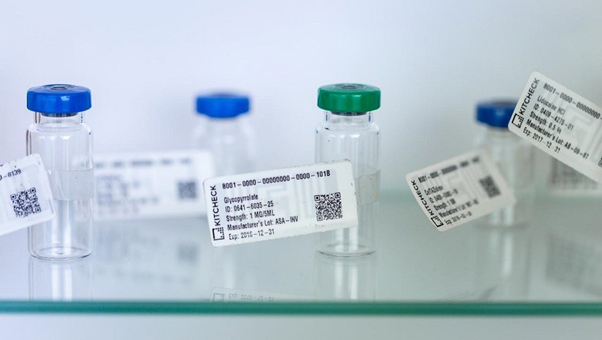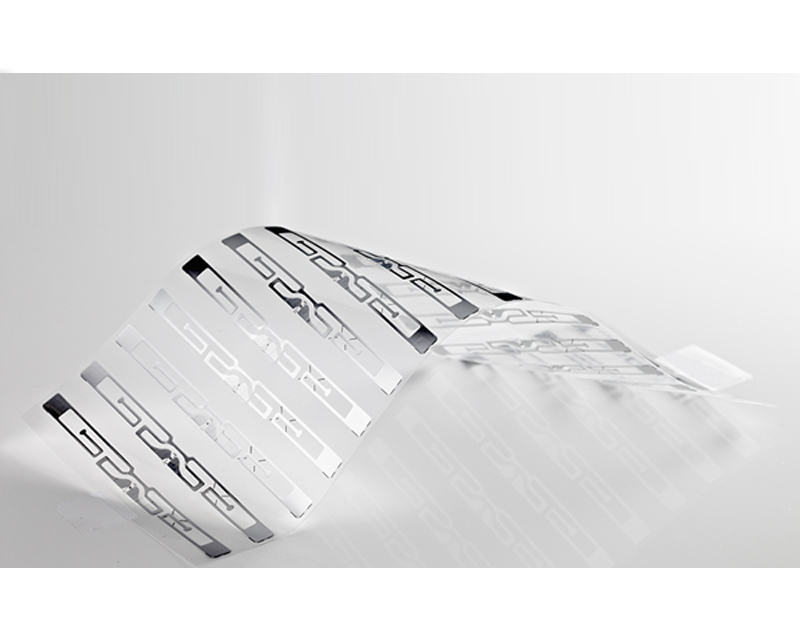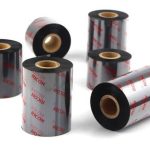Radio Frequency Identification (RFID) technology is often misunderstood due to various misconceptions. Here are 15 common misconceptions about RFID technology:
1. RFID tags can only be read from a few inches away:
Ans. Depending on the type of RFID technology (low-frequency, high-frequency, or ultra-high-frequency), tags can be read from inches to several meters away. Long-range RFID systems have applications like toll collection and inventory management.
2. RFID is the same as barcodes:
Ans. While both RFID and barcodes are used for identification and tracking, RFID offers advantages such as being able to read multiple items at once without direct line-of-sight and higher data storage capacity.
3. RFID technology is expensive:
Ans. While RFID systems used to be cost-prohibitive, advancements have led to more affordable solutions. RFID tags can now be produced at a lower cost, making the technology more accessible.
4. RFID tags can be read from anywhere:
Ans. RFID tags have limited range and require specific frequencies to be read. They can’t be read from just anywhere on the planet; they need to be within the effective range of a compatible RFID reader.
5. RFID can replace all barcodes:
Ans. RFID and barcodes each have their strengths and weaknesses. Barcodes are cost-effective for some applications, and RFID might not be the best choice in every scenario due to factors like cost, tag size, and environmental conditions.
6. RFID can’t be used in harsh environments:
Ans. There are RFID tags designed specifically for harsh environments, including those with extreme temperatures, exposure to chemicals, and other challenging conditions.
7. RFID technology is not secure:
Ans. While early RFID implementations had security vulnerabilities, modern RFID systems use encryption and security protocols to protect data and prevent unauthorized access.
8. RFID tags always contain personal information:
Ans. RFID tags can hold various types of data, but they are not inherently linked to personal information. The data stored on an RFID tag depends on its purpose, such as tracking inventory items or providing access to a building.
9. RFID can only be used on flat surfaces:
Ans. RFID tags come in various forms, including flexible labels and tags that can be attached to curved or irregular surfaces, making them versatile for different applications.
10. RFID is only used for tracking physical items:
Ans. While RFID is commonly used for tracking physical objects, it can also be used for authentication, payment systems, and even in smart clothing for monitoring vital signs.
11. RFID readers can’t differentiate between nearby tags:

Ans. Modern RFID systems employ anti-collision algorithms that allow readers to identify and communicate with multiple tags in close proximity without interference.
12. RFID tags are easily damaged or deactivated:
Ans. While some RFID tags can be susceptible to damage from extreme conditions, there are durable and ruggedized options designed to withstand various environments.
13. RFID technology requires a constant power source:
Ans. RFID tags can operate without a constant power source. Passive RFID tags draw power from the RFID reader’s electromagnetic field during communication, making them suitable for low-power applications.
14. RFID technology is too complex to implement:
Ans. While implementing RFID systems can be complex depending on the scale and application, there are simplified solutions available that can be easily integrated, even by smaller businesses.
15. RFID technology is only used in industrial settings:

Ans. RFID technology is used across various industries, including retail, healthcare, logistics, agriculture, and more. It’s not limited to industrial environments but has diverse applications.




Comments